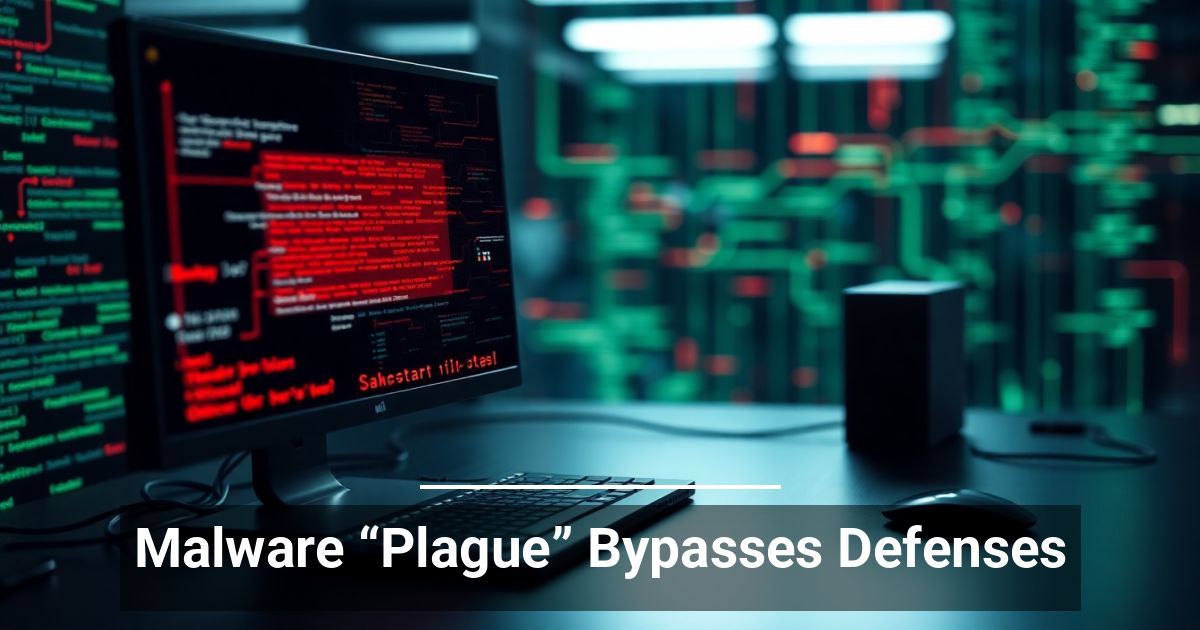 In the latest piece of unsettling news for IT departments, security researchers have recently uncovered Linux malware that has been quietly operating for over a year without triggering alarms.
In the latest piece of unsettling news for IT departments, security researchers have recently uncovered Linux malware that has been quietly operating for over a year without triggering alarms.
Dubbed Plague, this malicious code isn’t your run-of-the-mill virus. It’s a sophisticated Pluggable Authentication Module (PAM) backdoor, a type of malware evasion technique designed to give attackers persistent, covert access to infected systems. In other words, it’s a dangerous infection that lets hackers access networks undetected and wreak havoc without anyone noticing anything unusual.
According to Nextron Systems, the Plague backdoor infiltrates the core of Linux authentication, exploiting fundamental mechanisms in a manner that makes it extremely difficult to detect. The discovery of Plague is a sharp reminder that cyberattack methods are evolving faster than the defenses that block them.
How Plague Stays Hidden
The Plague PAM backdoor isn’t akin to a smash-and-grab operation. Instead, it takes a long-game approach, embedding itself in system authentication so that attackers can easily access SSH without triggering any obvious alarms. This SSH authentication bypass is particularly dangerous for servers that run critical business applications, databases, or cloud workloads.
The malware uses advanced obfuscation to hide its tracks. It’s a digital chameleon, blending into its surroundings by altering system environments, using static credentials, and manipulating files to appear legitimate. These malware obfuscation techniques are what allow it to operate under the radar for so long.
Why You Need To Worry About Plague
Many businesses assume that because they’re not high-profile targets, they’re safe. Unfortunately, that’s not how today’s cybercrime economy works. Threat actors often target smaller organizations precisely because their defenses may be weaker.
Linux systems, prized for their stability, often run critical services like email, websites, and databases, making small businesses that use them an appealing target. Even if you have security tools in place, Plague can still slip by. Being aware of and defending against malware evasion techniques should be part of every business’s cybersecurity strategy.
Signs and Risks of Infection
The Linux malware Plague is stealthy, but there are a few potential red flags:
- SSH logins from unusual locations or at odd times
- Minor but suspicious changes to PAM or authentication configuration files
- Inconsistent system logs or gaps in activity history
If undetected, the backdoor could allow attackers to move laterally across your network, steal sensitive data, install additional payloads, or use your infrastructure as a launchpad for attacks on others.
Staying Ahead of the Threat
Layering defenses can reduce the risk of an infection. Businesses should:
- Regularly review PAM configurations and authentication logs
- Deploy monitoring tools that look for unusual process behavior in addition to known malware signatures
- Keep Linux systems patched and limit SSH access
- Train IT teams to stay informed about Linux malware, such as Plague, and adapt defenses accordingly.
Plague is a testament to the ever-shifting cyber threat landscape, and malware evasion techniques are becoming alarmingly effective. Staying informed, practicing good security hygiene, and regularly reviewing your defenses could be the difference between catching a threat early and discovering it a year too late.


